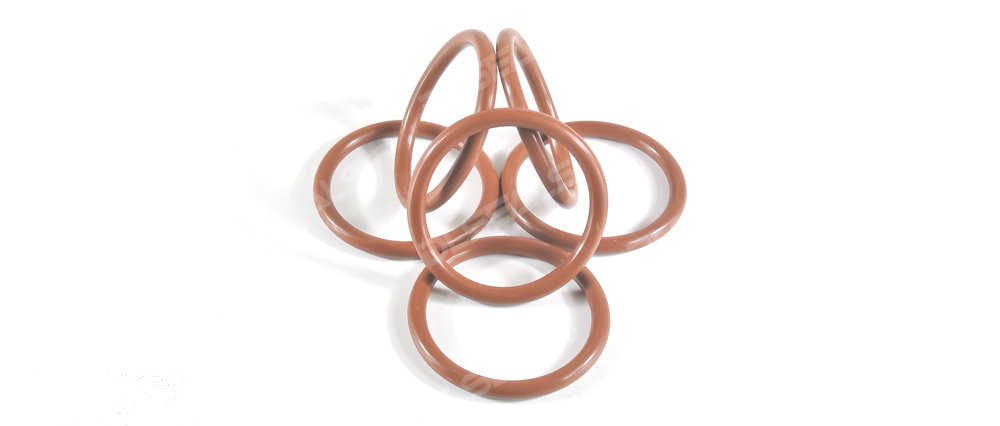Choosing the correct size O-ring is crucial for ensuring effective sealing in various applications. O-rings are versatile and used extensively in hydraulic systems, pneumatic applications, automotive engines, and more. Here’s a comprehensive guide to help you select the right size O-ring for your specific sealing requirements:
1. Understand O-Ring Sizing:
O-rings are typically sized according to their inner diameter (ID), outer diameter (OD), and cross-sectional diameter (CS). These dimensions are critical to ensure proper fit and sealing performance.
2. Measure the Application Requirements:
Before selecting an O-ring, accurately measure the groove where the O-ring will be seated. Measure both the ID and OD of the groove to determine the appropriate O-ring size.
3. Consider Material Compatibility:
Choose an O-ring material that is compatible with the fluid or media it will be sealing against. Common materials include nitrile (NBR), fluorocarbon (Viton), silicone, and EPDM. Each material has specific temperature, chemical resistance, and durability characteristics.
4. Temperature and Pressure Ratings:
Verify that the selected O-ring material can withstand the temperature and pressure conditions of your application. O-rings are rated for specific temperature ranges and pressure limits, which should align with your operational requirements.
5. Cross-Sectional Diameter (CS):
The cross-sectional diameter (CS) of the O-ring should match the groove dimensions to ensure proper compression and sealing effectiveness. The CS also affects the O-ring’s squeeze ratio and resilience.
6. Installation and Assembly Considerations:
Ensure proper installation by applying a suitable lubricant on the O-ring and groove surface. This aids in assembly and prevents damage during installation.
7. Performance Testing:
After installation, conduct performance tests to verify the O-ring’s sealing effectiveness under operational conditions. Check for leaks and ensure the O-ring maintains integrity over time.
8. Consultation with Experts:
When in doubt, consult with sealing experts or O-ring manufacturers. They can provide guidance on material selection, sizing, and compatibility based on your specific application requirements.
Choosing the right size O-ring involves careful consideration of dimensional measurements, material properties, and operational conditions. By following these guidelines, you can ensure reliable sealing performance and longevity in your applications.
Post time: Jun-29-2024

